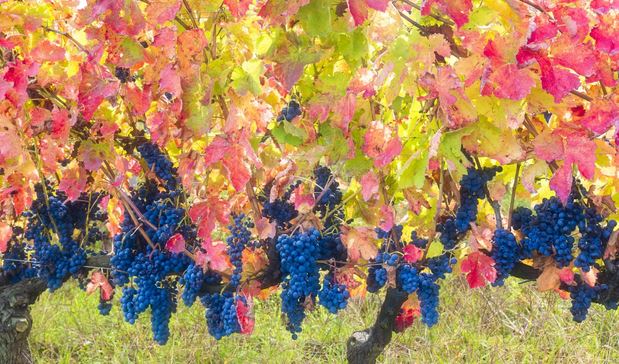October 16th, 2023Wine notes
with Clive Hartley

Party wine
Aglianico and I go back a long way. In my 20s I was asked to ‘bring a bottle’ to parties and this was my ‘go-to’ wine. I took a double magnum. Well, no one said it couldn’t be a big bottle. I still remember the wine, it was D’Angelo Aglianico del Vulture from Basilicata in Southern Italy.
Aglianico is a red grape grown in southern Italy. Del Vulture is a region perched on the side of an extinct volcano (Mount Vulture) in a remote part of Basilicata.
However, aglianico’s most famous region of production is in Campania, in an area called Taurasi. There are similar growing conditions to del Vulture as the soils are volcanic and it is highish in altitude. The grape has some similarities to nebbiolo due to its tannic profile and is known as the thinking person’s Barolo. The 2015 Terredora Fatica Contadina Taurasi is a lovely example. Rich, full-bodied but smooth and well balanced. No fruit here, all earth, mushrooms, leather and black olives. It is in the traditional camp and couldn’t be mistaken for anything other than an ‘old world’ wine. Generally, the wines are built to age with lashings of tannin and natural acidity.
Some other trusted producers of aglianico in Italy are Elena Fucci (Basilicata) Feudi di San Gregorio, Cantine Antonio Caggiano or Mastroberardino all from Campania.
There are suspicions of the grape coming from Greece, a common assumption with southern Italian grapes. However, DNA testing puts it as originating in Spain.
Chalmers were the first to introduce it into Australia in 2001. Chalmers keep their style in the Italian fashion with maturation in a chestnut botte (an Italian term for a large barrel). It seems to go well in the Heathcote region and Chalmers have four different clones planted which they sell to other vineyards. Another recommended aglianico comes from After Five Co from the Barossa Valley. My notes on their 2018 sounds like a new world version of the grape: “Fruitcake, raisins, vibrant black fruits, cola and licorice aromas – dry, full bodied with dry mouth puckering tannins.”
Sutton Grange in Bendigo make a good example and claim to have some of the oldest vines in Australia grown on granite soils. Staying in Victoria, Fighting Gully Road have a good reputation for their aglianico which is sourced from vines grown in the Alpine Valley. Take it to a party and enjoy.

Clive Hartley is an award-winning wine writer, educator and consultant. Want to learn more about wine? Try his Australian Wine Guide (7th ed) from Paradise Books in Daylesford or www.australianwineguide.com.au










